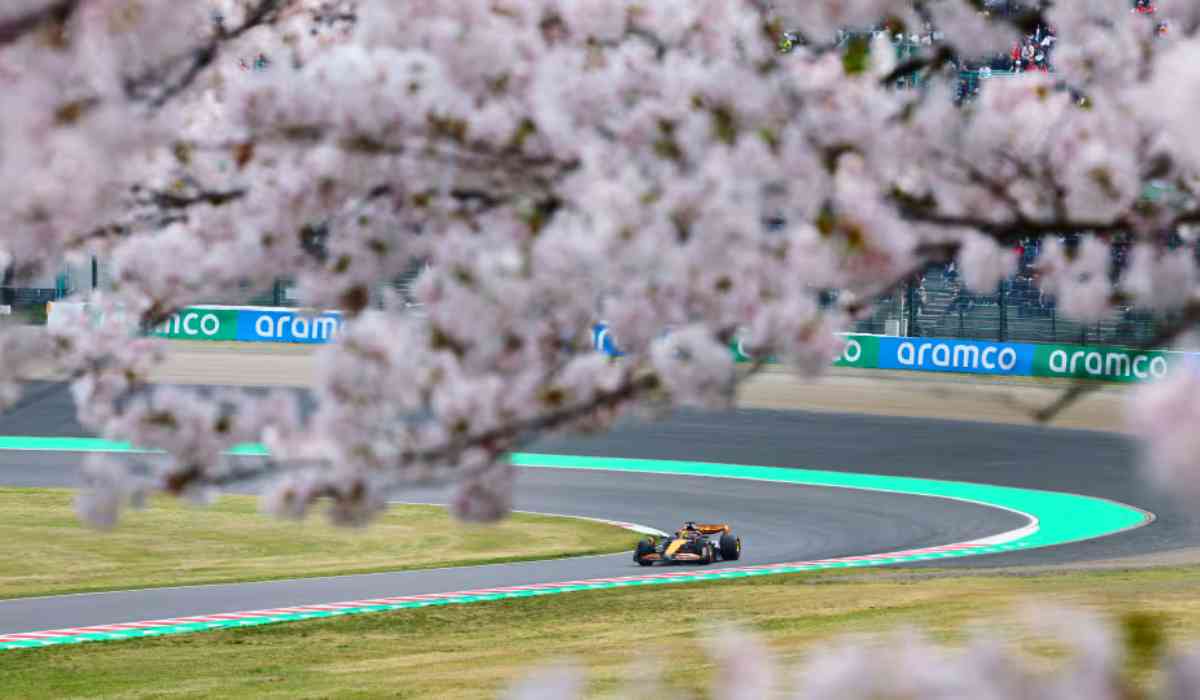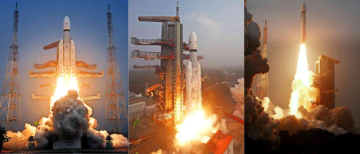The legendary Suzuka International Racing Course hosts the Japanese Grand Prix, which presents Formula One racing in a manner unmatched by any other. Here, accuracy is more than simply a notion; it's an artistic expression ingrained in all facets of the sport and a cultural mentality. The track's immaculately kept gardens and the engineers' persistent attention to detail are testaments to Japan's attention to detail. Let's explore how F1 in the Land of the Rising Sun is characterised by its distinct fusion of innovation, tradition, and scenic beauty.
Verstappen's Masterclass Amidst the Rain
Max Verstappen's masterclass takes place on a magnificent canvas—the Suzuka Circuit—soaked with rain, but mainly during the practice session this time. His Red Bull machine is as precise as a calligraphy brush, slicing through the sodden track. The 130R, the Spoon Curve, and the Esses are three difficult turns that require snap choices. The careful ink strokes on the rice paper are mirrored in Verstappen's dancing across these curves. His dominance creates a bright picture against the hazy backdrop as raindrops dance on umbrellas. His tyre spray makes short-lived calligraphic explosions on the pavement, works of art that disappear as soon as they are visible.
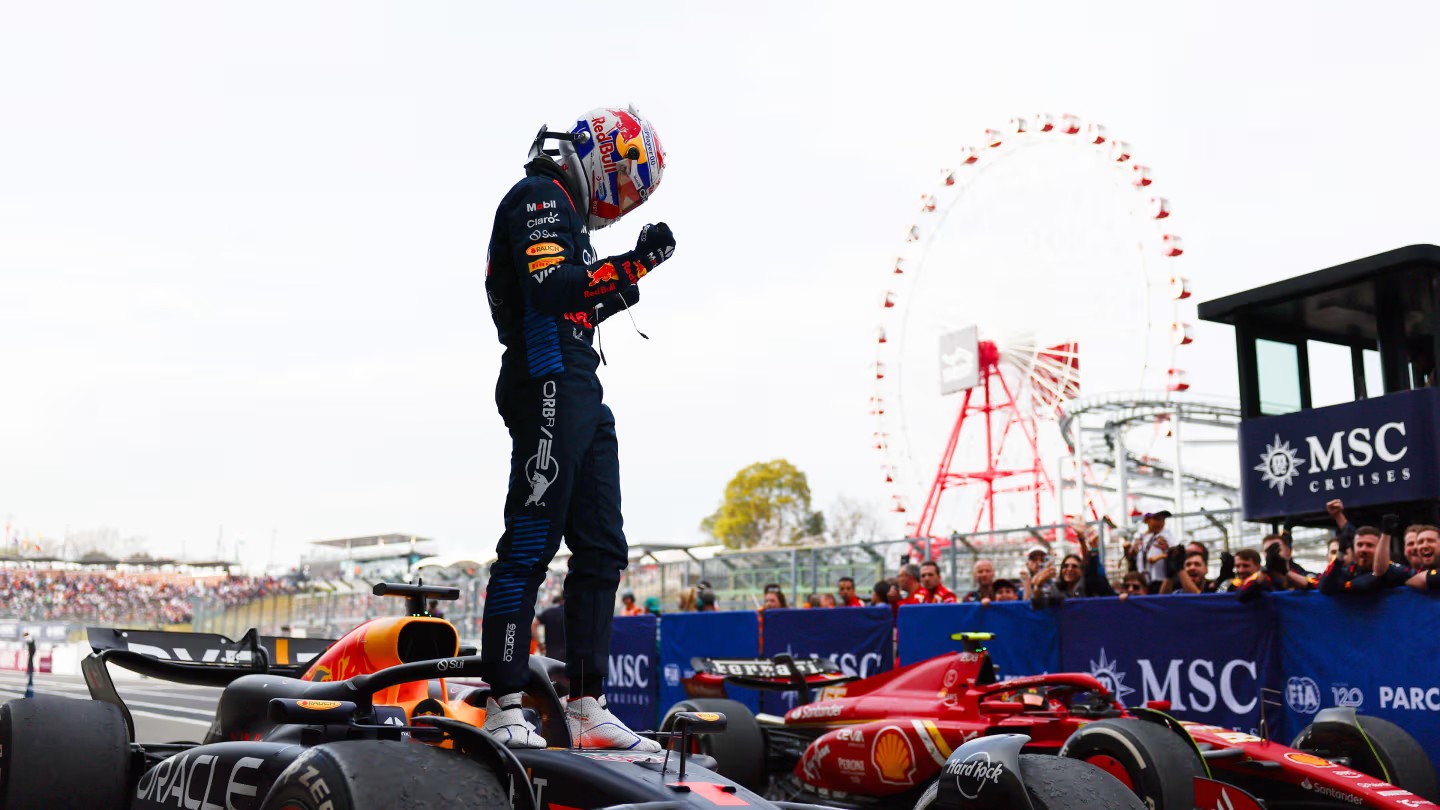
Suzuka's Whispers and Samurai Spirits
Whispering secrets, Suzuka lives beyond the racecourse. With their twisted branches whispering tales of bygone ages, its ancient trees stand guard. The Figure-8 arrangement, which combines modernity and tradition in a harmonic way, represents Japan's careful balancing act between progress and legacy. The whispers of Suzuka take an interesting turn at this point. It's easy to imagine the ghosts of the samurai directing Verstappen through the Esses, their constant focus feeding into his lightning-fast reflexes. Suzuka is more than simply a racecourse; it's a hallowed forest where kami, or spirits, keep watch over every lap, their presence serving as a subliminal reminder to the drivers to push the boundaries of human and mechanical capabilities.
_1712586104.png)
Japanese Fans: A Force of Nature Unleashed
At Suzuka, the Japanese fans are like a force of nature gone wild. Their fervour echoes through the stands, generating a buzzing environment that cuts across linguistic boundaries. They participate in a symphony of yells and chants rather than just watching, and the race is made even more lively by their vibrant costumes and animated demonstrations. The air crackles with expectation as their native hero, Yuki Tsunoda, takes to the track. He is a youthful star that carries the hopes of a nation behind him, representing Japan on the international scene. Their constant backing keeps him going strong as he speeds down the straight. They support him regardless of the outcome, demonstrating the great regard for sportsmanship ingrained in Japanese culture.
_1712586375.jpeg)
A Bridge Between Worlds: Cultural Significance and History
In Japanese motorsport history, the Suzuka International Racing Course—fondly referred to as Suzuka Circuit—has enormous cultural value. It's more than just a racecourse; it's the spirit of racing in Japan.
Origins and Ambition: In the early 1960s, Soichiro Honda, founder of Honda Motor Co., envisioned a world-class test track to propel his company into an automotive powerhouse.
"I Want a Venue for Motor Racing!"
The dream wasn't just about creating faster cars; it was about pushing the boundaries of engineering and design. The circuit, completed in 1962, became a crucible for innovation, fostering a culture of relentless pursuit of improvement that continues to resonate today.
Ambition Reborn: In the 1980s, Suzuka's ambition to become a world-class venue was reignited. Renovations were made to meet the ever-evolving safety standards of Formula One, ensuring the historic track could keep pace with the sport's technological advancements. In 1987, Suzuka made its first appearance on the F1 calendar, becoming a firm favourite ever since. The thrill of high-speed racing, intertwined with respect for tradition, has cemented Suzuka's place as a legendary pilgrimage site for motorsport enthusiasts worldwide.
_1712587319.png)
left photo: Soichiro Honda (second from right); right: First Japan Grand Prix Auto Race
Technical Challenge and Enduring Legacy
Suzuka is still one of the most difficult driving courses on the Formula One schedule. The 130R's tight "S" bends require exact steering inputs, its nerve-testing Degners test a driver's resolve, and its exhilarating, nail-biting ride pushes the limits of both the car and the driver. Here, legends like Prost and Senna have made their mark by engaging in wheel-to-wheel competition in some of the most famous races in Formula One history. Suzuka's charm is enhanced by its distinct fan base's fervent demonstrations and undying devotion to the game. Suzuka is more than just a racecourse; it's a link between cultures, a combination of accuracy, speed, and reverence.
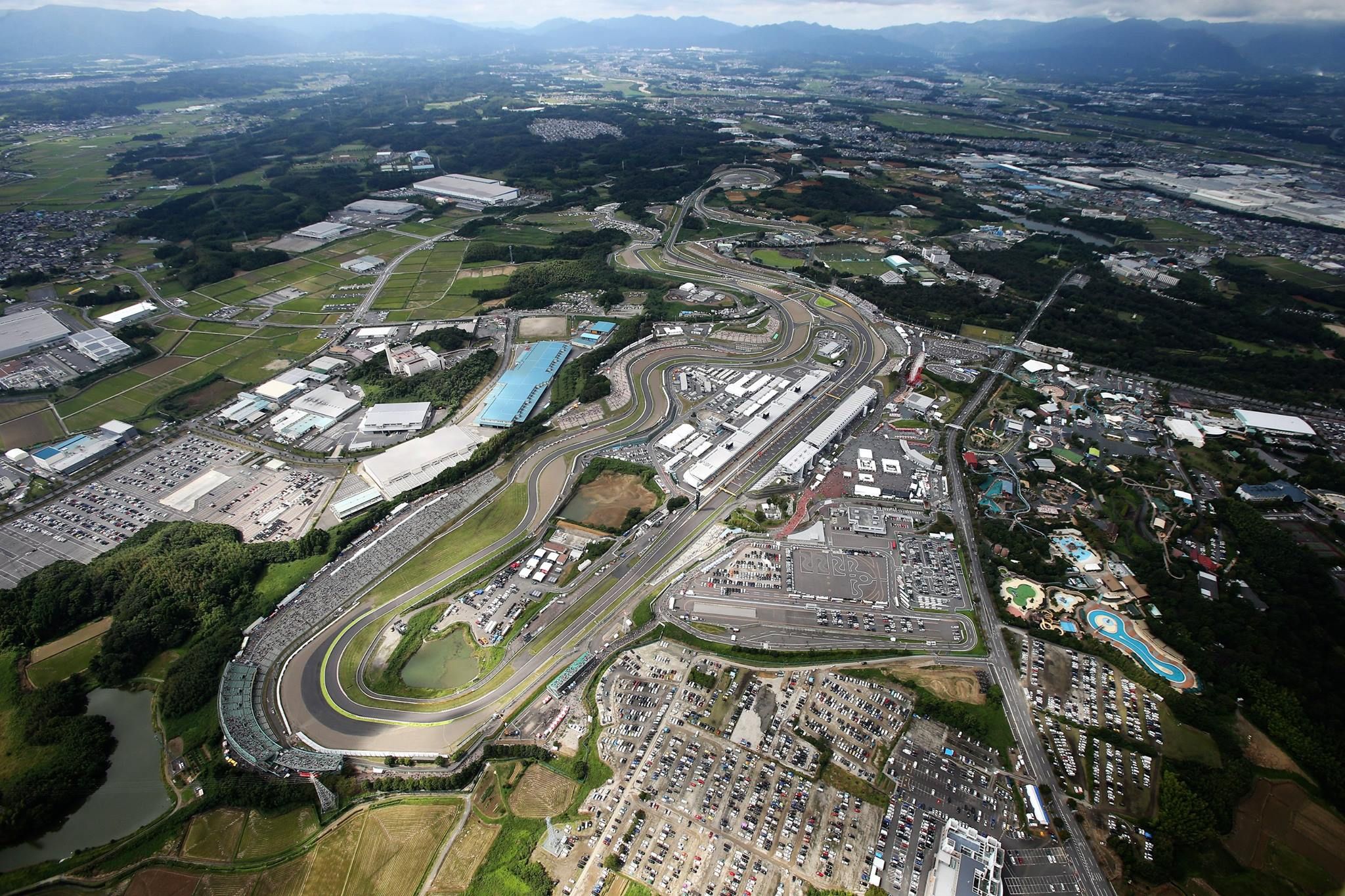
The Rising Sun on the Podium
With a golden halo cast by the rising sun, Verstappen stands atop the podium. Shining with brightness, his victory speech reflects Japan's respect for the passing moment. The podium transforms into a hallowed area where the joy of human achievement and precision driving collide. Max Verstappen's victory is transformed into a transient beauty in this enchanting blend, like the cherry blossoms that bloom and disperse with the breeze, akin to a brushstroke on Japan's canvas.
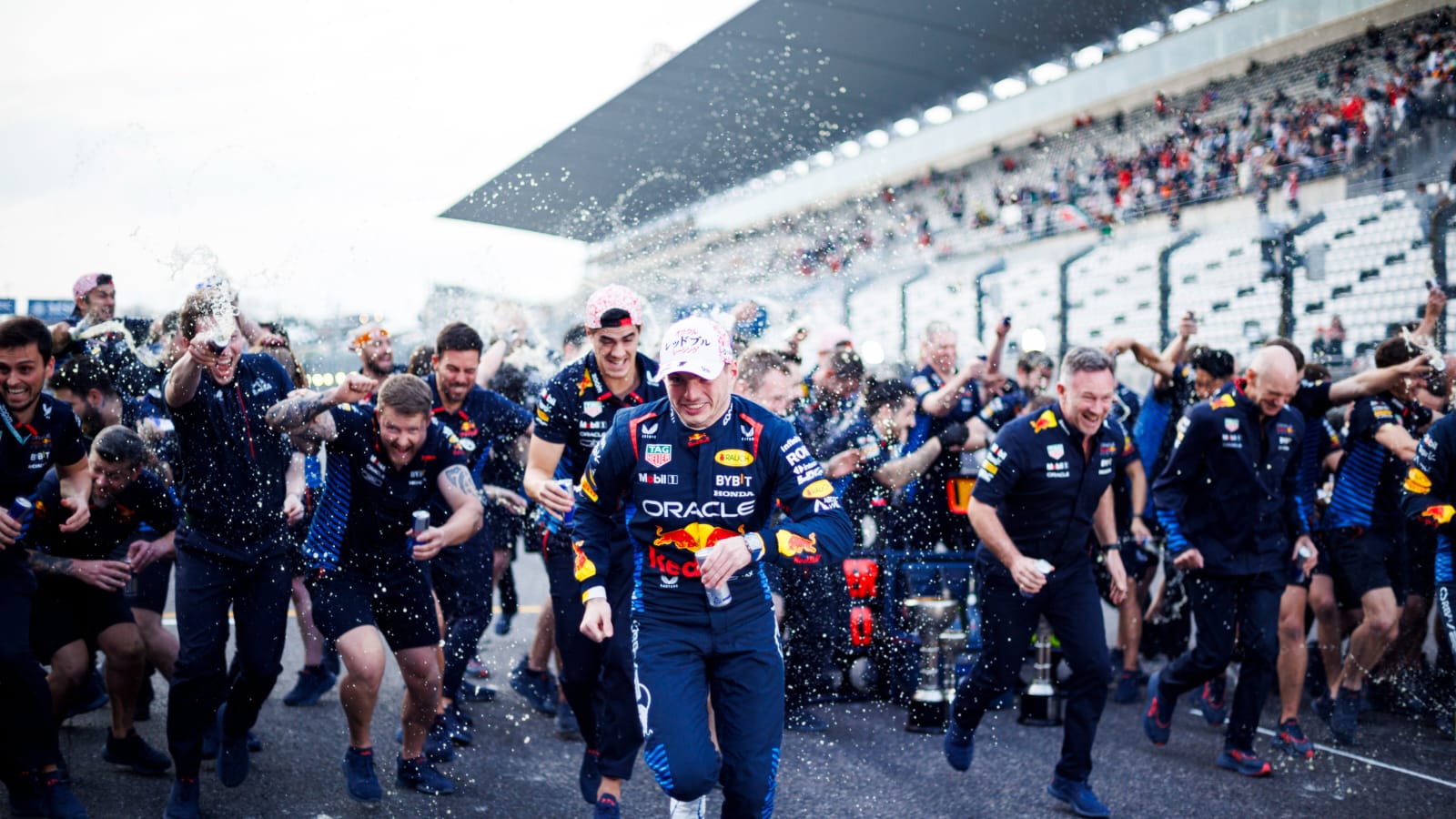
A Reflection: A Fusion of Speed and Tranquilly
Suzuka's last layer of magic is revealed as we look out at the far-off mountains that frame the racecourse. Here, a feeling of calm coexists with raw force and activity packed with excitement. The track's well-maintained surroundings, which are a reflection of Japanese appreciation for the natural world, bring together the fast-paced world of motorsport and the tranquilly of the outdoors. In Suzuka, cherry blossoms sway in the gentle spring breeze while Formula One vehicles slice around the curves at breakneck speeds. It's a location where innovative technology and antiquated customs converge in a stunning juxtaposition.
_1712587607.png)
Through this combination of speed and calm, Suzuka breaks through the confines of a racecourse. Through the noise of engines, the careful synchronisation of the pit crew, and the collective gasp of the spectators as a driver pushes the limits, it becomes a worldwide language. It's a celebration of Japanese culture, a place of pilgrimage for fans of motorsports, and a monument to human ingenuity, all of which come together to create an incredibly alluring experience.
ⒸCopyright 2024. All Rights Reserved Powered by Vygr Media.

